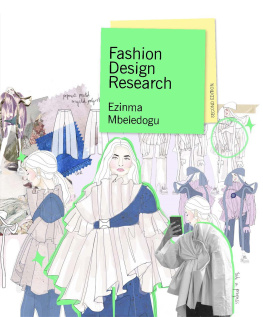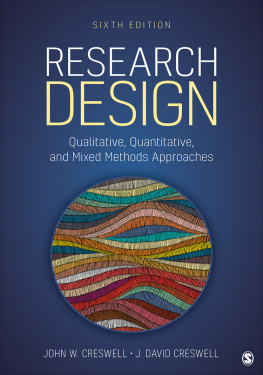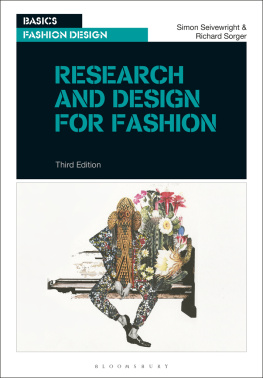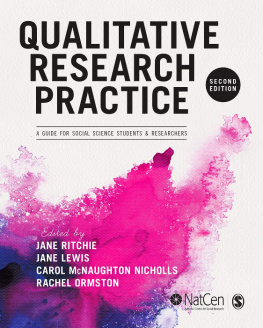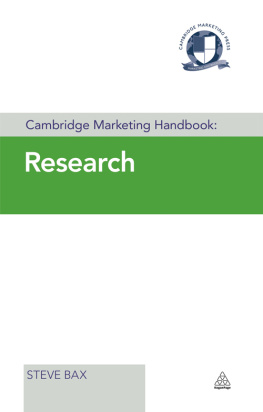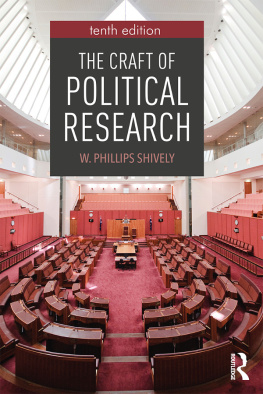Contents
Guide
Fashion
Design
Research
Ezinma
Mbeledogu
SECOND EDITION

Published in Great Britain by
Laurence King Student & Professional
An imprint of Quercus Editions Ltd
Carmelite House
50 Victoria Embankment
London EC4Y 0DZ
An Hachette UK company
Second edition published in 2022
2014, 2022 Ezinma Mbeledogu
The moral right of Ezinma Mbeledogu to be identified as the author of this work has been asserted in accordance with the Copyright, Designs and Patents Act, 1988.
All rights reserved. No part of this publication may be reproduced or transmitted in any form or by any means, electronic or mechanical, including photocopy, recording, or any information storage and retrieval system, without permission in writing from the publisher.
A CIP catalogue record for this book is available from the British Library
TBP ISBN 978-1-91394-766-8
E-BOOK ISBN 978-1-52942-323-5
Quercus Editions Ltd hereby exclude all liability to the extent permitted by law for any errors or omissions in this book and for any loss, damage or expense (whether direct or indirect) suffered by a third party relying on any information contained in this book.
First edition designed by Jane Chipchase
This edition designed by Jon Allan at TwoSheds
Laurence King Publishing
An imprint of Quercus Editions Ltd
www.laurenceking.com/student
Contents








Introduction
Research is essential to fashion design.
Innovative design is the result of strong investigative research undertakings. The intention of this book is to unpack the research process by focusing on the core elements that you will need to engage with as a fashion student to ensure that you develop your ideas creatively and thoroughly. Through the research process, you create the building blocks needed to develop a concept. This book shows you how to fully explore and build upon an initial idea through a variety of research methods. In this divergent and expansive first stage, primary, secondary, colour, fabric and market research is undertaken, giving you a well-informed position from which to develop your concept with a deeper level of understanding and subsequent application.
Chapter 1: What is Research? examines the concept of research, and clarifies the difference between primary and secondary research, noting the benefits of both. Getting underway on a brief can often prove quite challenging, so Chapter 2: How to Start Researching presents a variety of ways to kick-start idea generation.
Making the best use of the resources typically found in a library are explored in Chapter 3: Informational Research. The possibilities offered by shopping as a research activity are also explored. An array of hands-on approaches to primary research forms the basis of Chapter 4: Creative Research. Both two- and three-dimensional creative explorations are discussed at length.
The impact of colour is demonstrated in Chapter 5: Colour Research. This provides a basic introduction to colour theory and explains the use of colour wheels. From these foundations you will be able to build up your knowledge and create colour palettes with confidence.
Chapter 6: Fabric Research takes a close look at cloth. The goal of this chapter is to encourage a curiosity about fabric, and to build your knowledge of fibres, fabrics and their terminology.
Fashion is designed to be worn by people, yet people differ hugely in their tastes and spending power. Taking time to undress the fashion market and identify its different sectors will help you to define who you are designing for. This is discussed in Chapter 7: Market Research.
Chapter 8: Concept Development discusses what happens once you have completed your primary and secondary research activities. How do you make the most of your collated research? How do you interrogate your findings? How do you fine-tune your concept? These and many more questions are addressed. This chapter takes you through the design development procedure, ending with the preparation of finished sheets for your portfolio the culmination of the research process.
This revised edition includes updated images and five new case studies, plus more on ethics, sustainability and research methods. The final chapter features an inspirational new section following one student research project from beginning to end.
You will find a true companion in Fashion Design Research. Numerous quotations from students and professional designers, combined with a wide variety of images, will inspire you at each stage of the fashion design process. ENJOY!
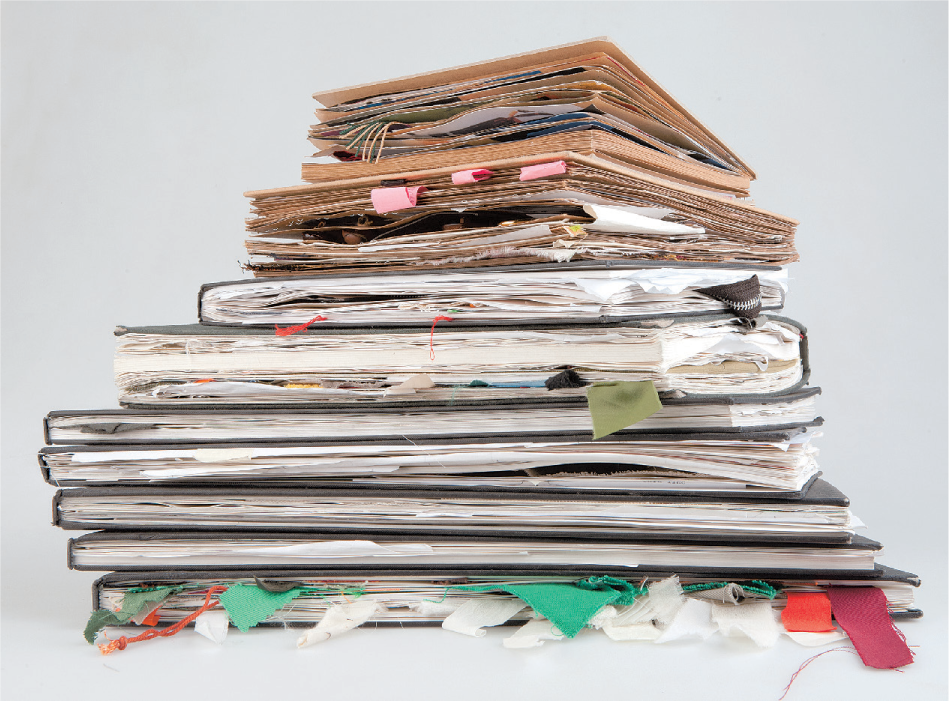

What is Research?
As a fashion designer, research is part of your everyday life. Inspiration can come from anywhere, at any time. There are methods that you can use to spark ideas, which all designers use primary and secondary research. But how much research should you do? How do you keep your search on the right track? This chapter will show you how to ensure your research has depth and relevance, which will, in turn, generate collections that are creative, innovative and unique.

What is Research?
Research is fundamental to fashion design and provides the starting point for any collection. Without it there would be no design or certainly no good design. Research can be conducted at any time and involves observing the world around you, and collecting and recording objects, images and ideas that inspire you. Primary research is new research, created by you; secondary research involves collecting material created by others, which you might find in books or on the internet, for example.
Your research can be part of an ongoing process, collecting day to day, or you can choose to research for a particular project or brief. It should be perceived not as an arduous task, but rather an opportunity to discover a treasure trove of potentially useful ideas.

